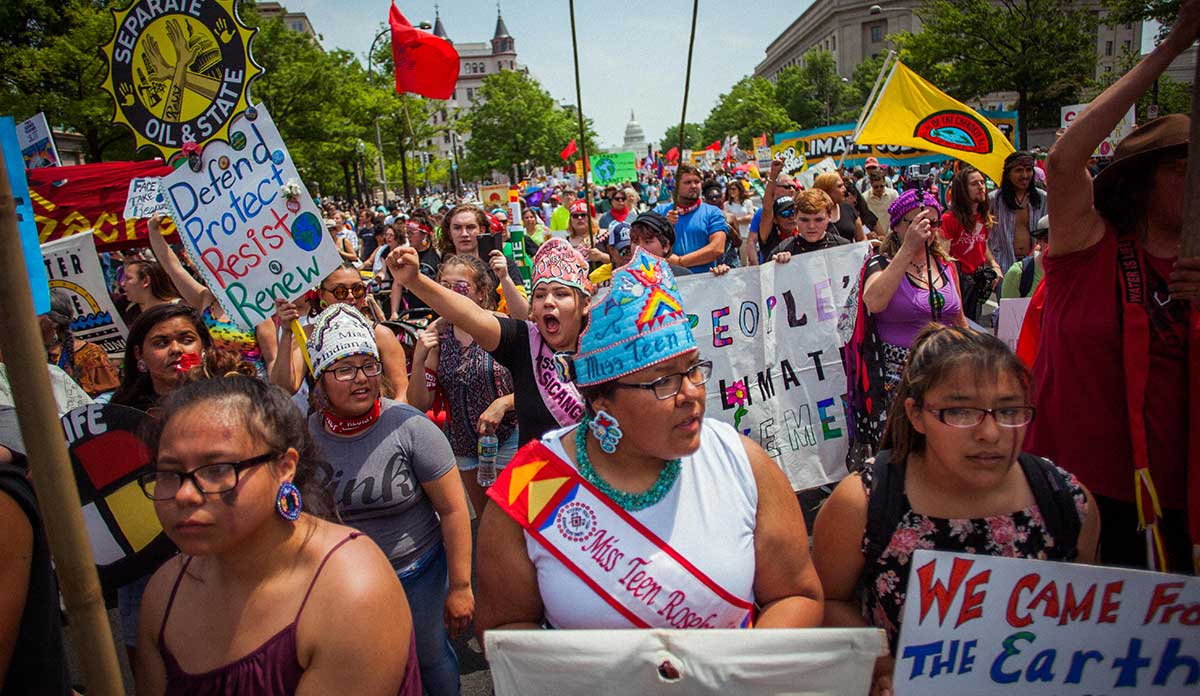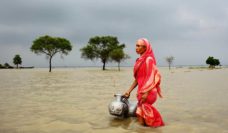Death by kidney failure can be experienced quite differently from one person to another. Some bodies waste away from nutrient loss, others are bloated from fluid retention. Some experience insufferable rashes and pain, while others die before that point due to other consequences of the disease. I learned this from the sugarcane workers in Nicaragua who showed me photos of their friends, brothers, co-workers, all of whom died of Chronic Kidney Disease (CKD). They asked: Why does the same disease look so different from person to person? With every diagnosis came tremendous uncertainty. How long would they live? How would they die?
The kidneys are major organs of the human body. They are so essential we have a built-in backup system; we have two kidneys but can live well with one. Although people in the U.S. and Europe certainly acquire Chronic Kidney Disease, in areas of Central America there is an extraordinary CKD epidemic, a serious problem requiring urgent action. Approximately 20,000 deaths are attributed to the disease, known in the region as Mesoamerican Nephropathy. Unlike in the U.S. or Europe, the Chronic Kidney Disease in Central America disproportionately affects younger men and is not caused by the traditional risk factors of diabetes or hypertension. CKD epidemics with similar characteristics are also evident in other tropical regions, including Sri Lanka and India. In all of these countries, manual laborers are most affected.
This is why some employers take a blood test to screen potential workers as part of the hiring process. The jobs are strenuous and hot. Really hot. Workers in Central America held industries responsible for causing the disease, and government for doing nothing to stop it. They took to the streets. Marched. Organized protests. Governments were slow to respond.
So what is the cause of this CKD epidemic? Pesticides? Poor nutrition? High fructose beverages? Infectious agents? Metals? If only we knew. While different groups have their favorite hypotheses, almost everyone agrees that there is not likely a single cause. Rather, a deadly combination of conditions. And most will agree that intense physical exertion in high heat, coupled with dehydration, are common among them. Some have proposed the disease be named heat stress nephropathy. Further, it has been suggested that the cause is climate change.
Some have proposed the disease be named heat stress nephropathy. Further, it has been suggested that the cause is climate change.
I don’t know if this is true or not, but the planet, like the human body, is a series of complex interdependent systems. It makes sense that impacts of climate change and excessive heat exposure would begin to show up in vulnerable organs, vulnerable individuals, and vulnerable populations.
The kidneys balance fluids and electrolytes and ensure homeostasis. Excessive toxicants, uric acid, too little fluid may slowly chip away at the kidneys reserve, asymptomatically at first, until illness becomes obvious. By that time, a threshold has been crossed.
That threshold, when a kidney is damaged beyond repair and the patient requires dialysis, is like the planetary tipping point. In our recent evolutionary history, earth’s climate has been relatively stable, but no longer. We’ve exceeded the homeostatic functions of the interconnected atmospheric and ocean systems, causing climate instability.
Like CKD, how climate change is experienced depends on who you are, where you live, and the resources available to you. Some can live their lives untouched by climate change while the majority of the planet, states, nations and cultures have already been threatened or destroyed by extreme climate events, drought, floods, wildfires, and famine. Similarly, for people with resources and health care, the diagnosis of CKD is not a death sentence. For those who live in poverty, it often is.
In the last ten years people have started paying attention to the Chronic Kidney Disease epidemic. Around the world NGOs, industries, private foundations, academics and even governments are contributing to studies and interventions. This is true of climate change, although some governments are even slower to respond, and people are taking to the streets, marching, demanding action.
I am one of the millions who have marched for a stronger government response to climate change. And I will spend the next five years, and probably longer, working as a member of a large interdisciplinary, multinational team studying the effects of heat, pesticides and other environmental, behavioral and occupational exposures on kidney function among workers in Central America, all with the goal of preventing disease. Regardless of the hypothesized or real connection between climate change and kidney disease, regardless of the tremendous uncertainty regarding what the results of both will be for individuals, there is no escaping that our organs, our bodies, and our ecological systems are all interdependent. And some are more vulnerable than others.
Peoples Climate March 2017. Photo © Eman Mohammed | Survival Media Agency.













